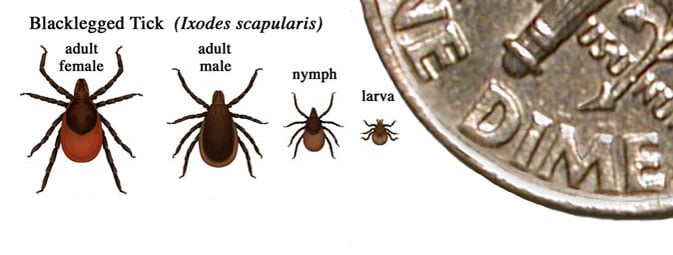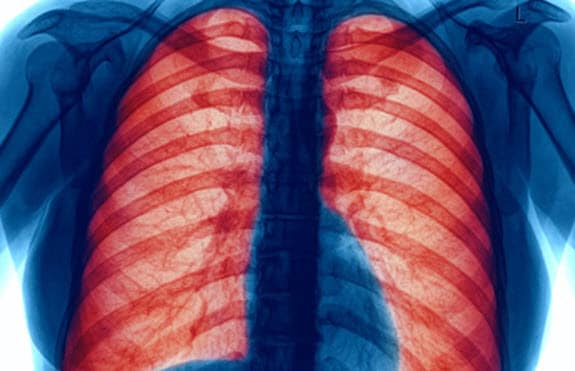

GetBodySmart teaches anatomy visually. Choose a system of the body to see an illustration and a list of parts; select a part for an animated display of its function. Also find fill-in-the-blank quizzes.
A system is a group of organs that work together and provide an organism with an advantage for survival. It is the most complex organization in your body and the final level of the progression from cells to tissues to organs and then systems.
Did you ever wonder what all those complex body systems do? These Body Basics articles explain just how each body system, part, and process works. Use this medical library to find out about basic human anatomy, how it all functions, and what happens when things go wrong.


Your heart and circulatory system, Kids Health
Your heart is really a muscle. It's located a little to the left of the middle of your chest, and it's about the size of your fist. There are lots of muscles all over your body — in your arms, in your legs, and in your back.
Movie: How your heart works, from Kids Health
Anatomy of the Circulatory System
Blood travels through a sequence of blood vessels in the two circuits. In both circuits, blood is pumped out of the heart into large arteries, which divide and subdivide to form smaller and smaller vessels until the blood enters the smallest arteries, which are called the arterioles
Meet the heart, video, Kahn Academy
Find out exactly where the heart rests in your body and what it does
Circulatory System, World Book Online
The human circulatory system has three main parts: (1) the heart, (2) the blood vessels, and (3) the blood. A watery fluid called lymph, and the vessels that carry it, are sometimes considered a part of the circulatory system
Circulatory System, Britannica School Online
The cardiovascular, or circulatory, system in humans is composed of the heart and the blood vessels—arteries, veins, and capillaries. Its purpose is to provide nutrients and oxygen to the tissues and to remove wastes from them. It is also where the body fights infections.
The adult human skeletal system consists of 206 bones, as well as a network of tendons, ligaments and cartilage that connects them. The skeletal system performs vital functions — support, movement, protection, blood cell production, calcium storage and endocrine regulation — that enable us to survive.
Every single person has a skeleton made up of many bones. These bones give your body structure, let you move in many ways, protect your internal organs, and more.
Skeletal Structure and Function, Kahn Academy Video
11 Surprising Facts about the Skeletal System
An adult's skeletal system consists 206 bones, 32 teeth and a network of other structures that connect the bones together. This system performs a number of vital functions, such as giving the body its form, assisting with bodily movements and producing new blood cells.
There are different types of skull fractures, with each type depending on factors such as the force of the blow and the location of the impact.
Broken Bones, BBC, Science and Nature
If you haven't broken a bone yourself, you probably know someone who has. There are many different types of fracture, the most common of which is a simple fracture, when a bone breaks cleanly.
New Bones, just print and grow
A team of researchers at Northwestern University in Evanston, Illinois, led by Ramille N. Shah, recently developed a new artificial bone scaffold material called hyperelastic bone (HB). HB can be rapidly manufactured, and has the necessary physical properties to promote bone growth
Bone substitutes are employed in a variety of these cases, either to speed the healing process or as supplements to prosthetics or surgical repair.

Nervous System, World Book Online
The nervous system is made up of billions of special cells called neurons or nerve cells. Cordlike bundles of neuron fibers are called nerves. The nerves form a network of pathways that conduct information rapidly throughout the body.
Nervous System, Britannica School Online
The nervous system in humans has two main parts: the central nervous system and the peripheral nervous system. The central nervous system consists of the brain and spinal cord. The peripheral nervous system, which is the subject of this article, consists of the nerves, which relay impulses between the central nervous system and the rest of the body.
The nervous system is a complex collection of nerves and specialized cells known as neurons that transmit signals between different parts of the body. It is essentially the body’s electrical wiring.
Brain and Nervous System, Kids Health, movie
How does the Nervous System Work?
The nervous system is made up of all the nerve cells in your body. It is through the nervous system that we communicate with the outside world and, at the same time, many mechanisms inside our body are controlled. The nervous system takes in information through our senses, processes the information and triggers reactions, such as making your muscles move or causing you to feel pain

Each day we breathe about 20,000 times. All of this breathing couldn't happen without help from the respiratory system, which includes the nose, throat, voice box, windpipe, and lungs.A lung has a spongy texture and may be thought of as an elastic bag filled with millions of tiny air chambers called alveoli. If the walls of the alveoli could be spread out flat, they would cover about half a tennis court.
Respiratory System, Live Science
The human respiratory system is a series of organs responsible for taking in oxygen and expelling carbon dioxide. The primary organs of the respiratory system are lungs, which carry out this exchange of gases as we breathe.
Lungs and Respiratory System, Kids Health
Respiratory System - All About Breathing
Your respiratory system is all about exchanging gases with the environment. Some animals such as amphibians are able to exchange gases through their moist skin.
Your Digestive System - KidsHealth
The digestive system breaks down the food you eat. Learn how in this article for kids
Human Body Digestive System Organs, How It Works, and More
Your digestive system is uniquely designed to turn the food you eat into nutrients, which the body uses for energy, growth and cell repair.
The Structure and Function of the Digestive System
Your digestive system is uniquely constructed to perform its specialized function of turning food into the energy you need to survive and packaging the residue for waste disposal. To help you understand how the many parts of the digestive system work together, here is an overview of the structure and function of this complex system.
Digestive System, World Book Online
The digestive system consists primarily of a tube that extends from the mouth, through the stomach and intestines, and into the rectum and anus. This tube is called the gastrointestinal tract or alimentary canal.
Digestive System, Biology 4 Kids
Your digestive system is all about getting food into your body, digesting the food, absorbing the nutrients you need, and elimination of the materials you don't need